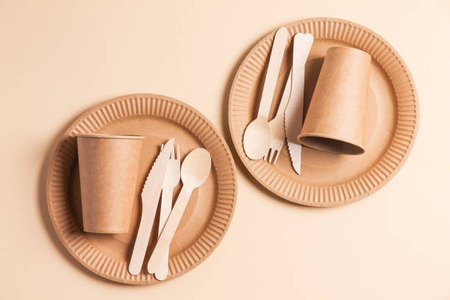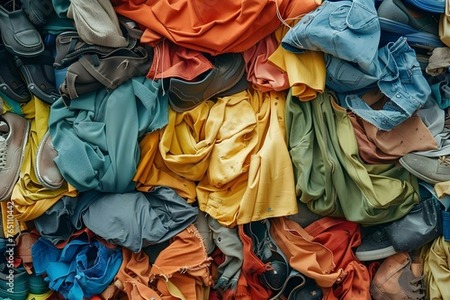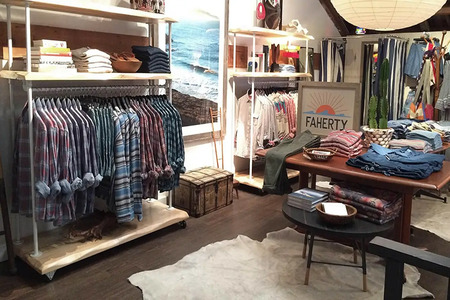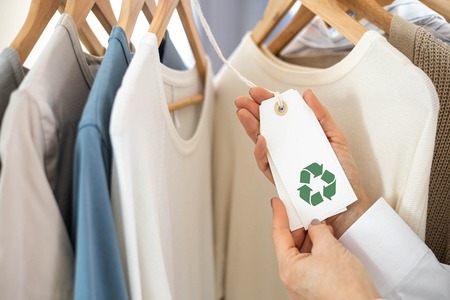
GHCL plans to solidify its presence in domestic market
YarnsandFibers News Bureau 2017-07-28 11:00:00 – MumbaiGHCL, Home furnishings major plans to solidify its presence in the domestic home furnishing market by capacity addition. GHCL plans to exploit this by first upgrading its spinning mill in Madurai, Tamil Nadu, which can produce yarn. With a total installed capacity of 175,000 spindles and 3,320 rotors, it produces cotton and blended yarns.
The company is banking on this to boost the processing capacity at its Vapi (Gujarat)-based home textiles operations from 36 million metres per year to 48 million metres per year, R S Jalan, managing director said.
Investments in these two areas are expected to drive forward the home textiles' division, which currently accounts for about 20 percent of the overall bottom line.
They wants to move focus from exports to the burgeoning home textiles market even as textile manufacturers continue protests over goods and services tax (GST).
Currently, an overwhelming 85 percent of its products are exported abroad, mostly to the United States while the rest are sent to domestic market.
But stagnancy in foreign sales growth, booming demand from domestic consumers will change the model, Jalan added.
In the post-production phase, Jalan clarified that they are not going to venture into the retail space, something other companies are still pursuing. The plan is to leverage wholesale supply to existing partners like Raymonds, Future group, and Bombay Dyeing rather than get into retailing.
The company is also hopeful of bagging orders from foreign entrants into the retail market.
They foresee a good demand in the business in coming years and see a huge demand coming from their existing clients and new clients. They expect improvement in both top line and margin going forward.
India accounts for seven percent of global home textiles trade. The country has cornered a majority share of the export market in the United States and Britain, contributing two-thirds to their exports.
India's home textile industry is expected to expand at a compound annual rate of 8.3 per cent during 2014-21 to $8.2 billion in 2021 from $4.7 billion in 2014, according to the India Brand Equity Foundation.
The domestic home textile industry was estimated to be $5.5 billion in 2016.
With the industry consolidated among a few players including Bombay Dyeing, Welspun, Alok Industries and the Trident group, among others, other players are increasingly making inroads.
This will only increase since the Rs 6,000-crore textile package announced by the government last year was tweaked later to include the home furnishings sector as well.
The company posted a standalone revenue of Rs 2,969 crore for the financial year 2016-17, of which the home textile business supplies 41 percent.
Market Intelligence
Ask for free sample Report

experience
Customer Base
dedicated team
Countries Served Worldwide









